
Italy’s famous chess game with human pieces, the centrepiece of a 600-person, 3-hour show, returns after Covid-enforced cancellation
- Every two years, townspeople in Marostica, Italy, stage a game of human chess set within a vast historical re-enactment
- A visit to witness the spectacle can be a great opportunity to discover some of the secrets of the Veneto region
Inside the ancient medieval walls that surround the bustling Italian hill town of Marostica, the sun is beginning to set on a scene that takes place in September once every two years.
This month’s event is extra special because the Covid-19 pandemic has meant it has been four long years since these proud citizens were able to stage their legendary La Partita di Scacchi.
A chess game like no other, La Partita is acted out by real people, who play the 32 pieces.
The game is the centrepiece in a production that lasts almost three hours and involves a cast of 600 locals who forget their normal lives for a few days to become jugglers, jesters and fire eaters, trumpeters and drummers, a harlequin and court jester, troops of archers, horsemen and pike-wielding soldiers, dancers and flamboyant twirling flag-throwers, nobility, peasants, and priests.

Although only 14,000 people live here today, this once important outpost of the Serene Republic of Venice is marked by three imposing castles.
Overlooking everything atop a high ridge sits the ruined Castello Superiore, while in the town centre, facing off across the Piazza degli Scacchi, is the elegant Palazzo del Doglione, with its distinctive slender red clock tower, and an immense 14th-century fortress, the Castello Inferiore.
The piazza in the middle is like no other in Italy as the ground is marked out as a distinctive chess board, surrounded for the three days of the Partita by tribunes, for 3,500 spectators each evening.
As night falls, the time goes back to 1454 and a legendary duel between two noblemen for the hand of Lionora, daughter of the Lord of Marostica. But this was no ordinary duel: instead of sword fighting or jousting, the lord insisted that the suitors played a noble game of chess.
At each re-enactment, a huge pageant takes place until the chess board is filled with the human pieces. The two players then take their seats on a raised dais and make their moves.
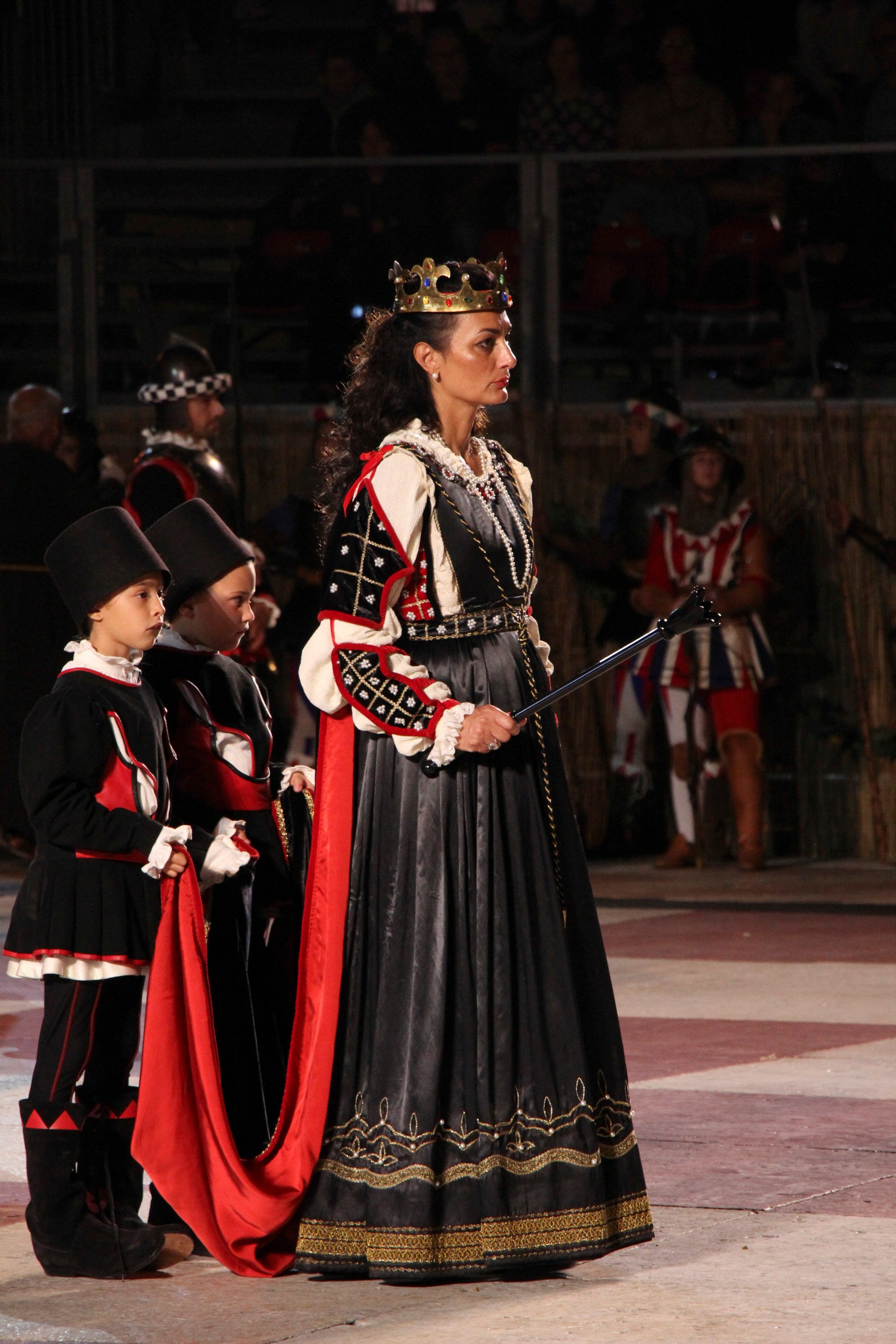
“Apart from a few actors for speaking parts, all the vast cast are volunteers, but I would not call them amateurs because they are so committed, so passionate,” says full-time artistic director Maurizio Panici, who oversees more than 12 months of rehearsals and a budget of €500,000 (US$499,000).
“I have worked with professional actors all my career but this is interacting with a whole community, over the whole year. A unique experience and much more satisfying.”
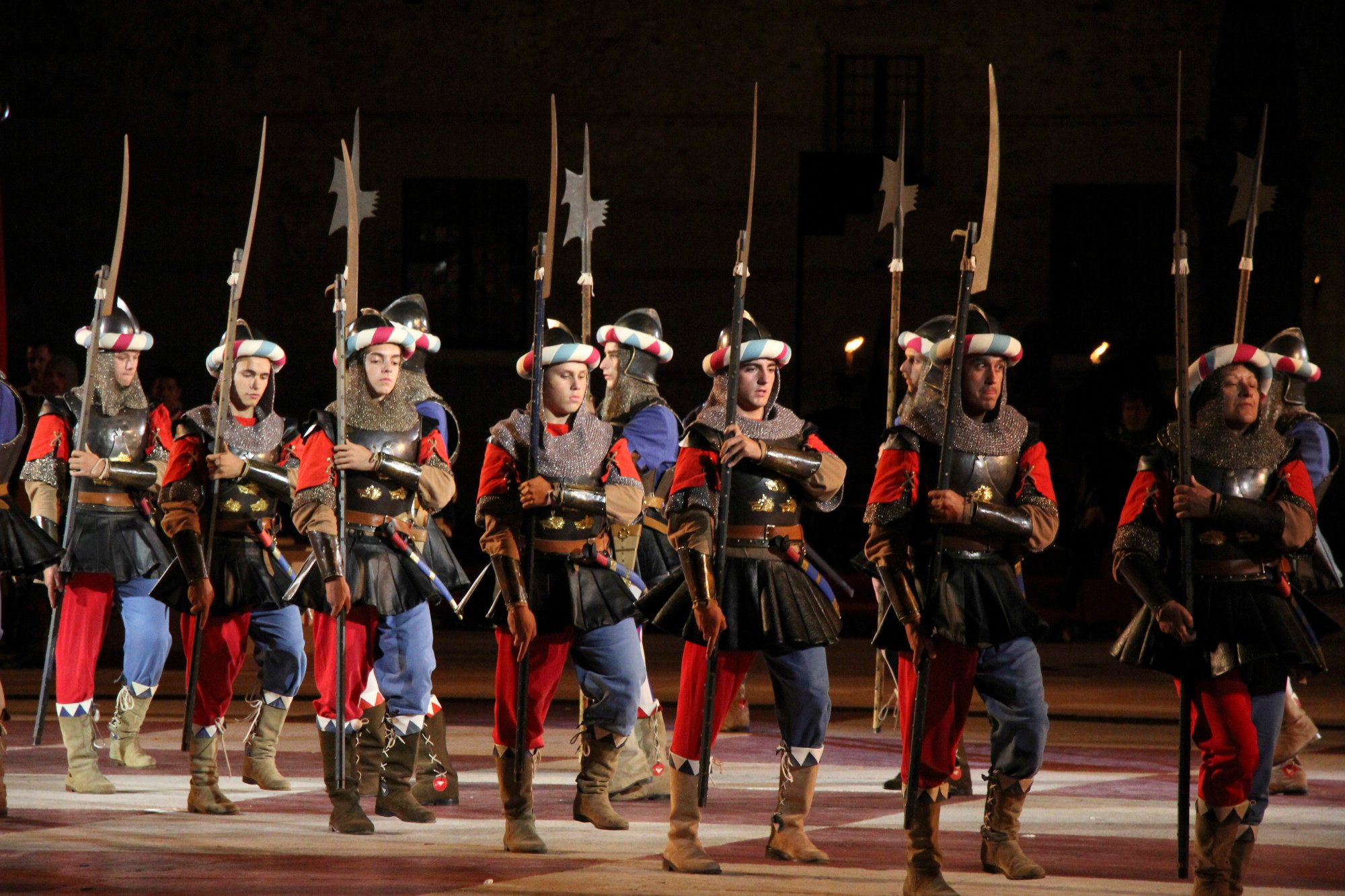
The town’s special relationship with the chess game can be discerned in conversations with some of the participants as they wander around, in costume, after the spectacle is over.
“I started in the Partita aged just seven years old as a page boy holding the robe of the white queen, then as a teenager I was an archer, followed by a noble lord, finally ending up as a monk!” says architect Simone Bucco, president of the organising committee.
“The chess match is something we grow up with here, and we all want to take part as a way of giving something back to our wonderful city.”
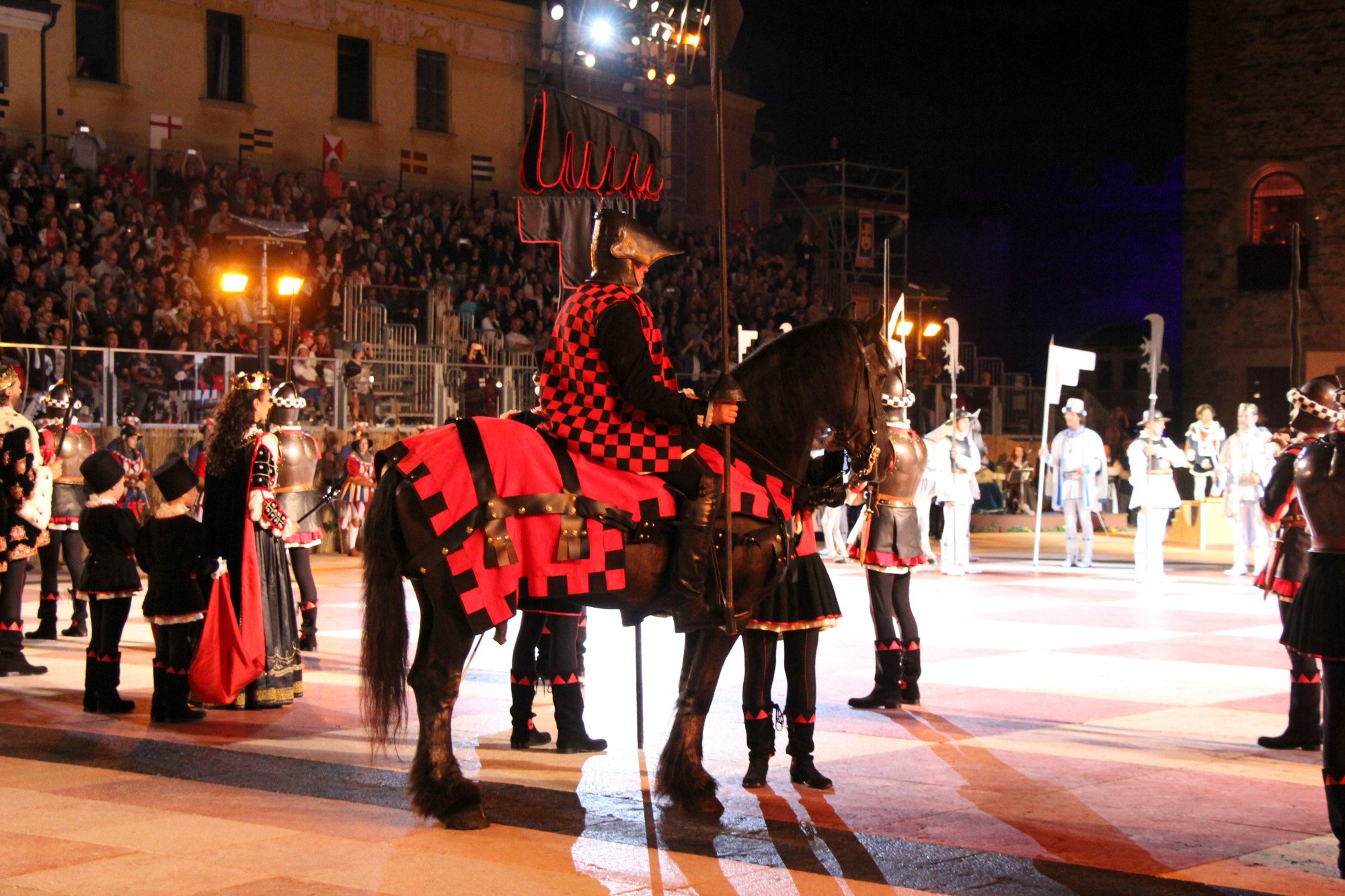
Wladimiro Guerra, who is part of the family that runs the local Osteria Madonnetta restaurant, explains sadly that he no longer participates because working in the restaurant now takes precedence.
“But I certainly loved taking part in four or five editions when I was younger,” he says. “I was a commander of the archers, a bunch of school kids, and it was great fun educating them how to be medieval soldiers.
“If you are from here, well, the Partita is in your heart.”
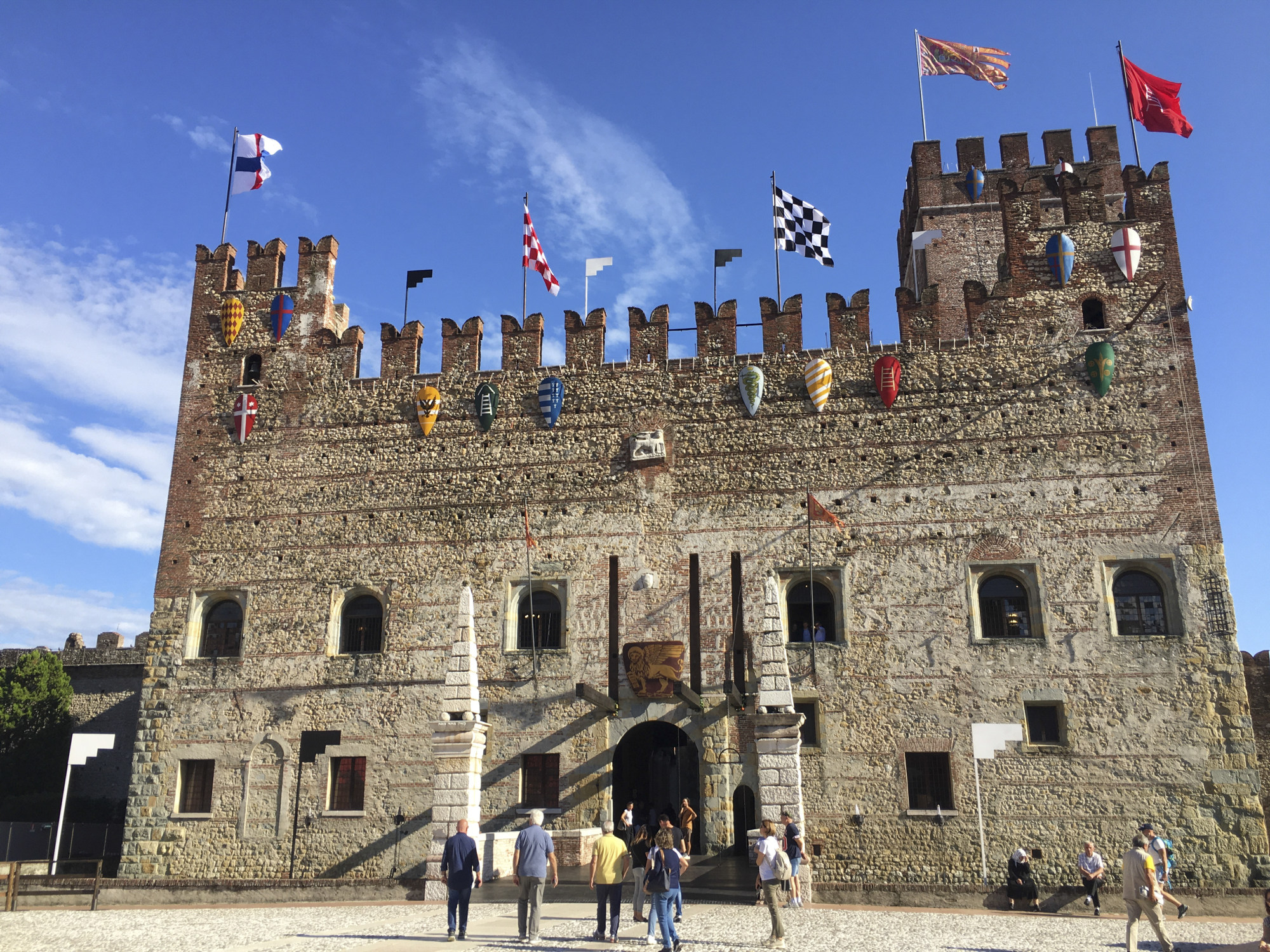

Once a professional actor, Vincenzo Moretti, who plays Il Giullare di Corte, a delightfully malevolent court jester who resembles The Joker from a Batman movie, ended up staying on in Marostica when he retired, taking part as a volunteer while earning a living as a dog-sitter.
Although chess grandmaster Anatoly Karpov once attended, Marostica’s game resembles more the speed chess played by Beth Harmon in The Queen’s Gambit TV miniseries.
The game lasts roughly 30 minutes; the result is decided in advance as careful choreographing is required when moving real horses around as the knights, and wooden castles on wheels that resemble Daleks from Doctor Who.

The rest of the three hours each night is given over to music, dance and theatrical pageantry, with the storyline unfolding on the chess board and explained in narration by several of the characters.
The winner of the game may get the girl for his bride but the loser is allowed to marry the king’s other daughter, ensuring a happy ending all round. Then the sky explodes in a kaleidoscope of fireworks and a waterfall of brilliant white illuminations tumbles down the castle’s battlements.
As the crowds wander out of the Piazza degli Scacchi for an evening glass of wine or local grappa in one of Marostica’s numerous bars and cafes, thoughts turn to the next edition of the Partita, in 2024.

Hotels begin to get booked from the day after La Partita closes and the box office opens a full year in advance.
The town boasts only two hotels, so a visit to see La Partita can be a great opportunity to stay in the surrounding countryside and discover some of the secrets of the Veneto region.
These include the Poli grappa distillery and museum, and Breganze’s Maculan winery, which transformed local production from a bulk buy into a high-quality wine, with Maculan’s sweet white Torcolato now sold all over the world.
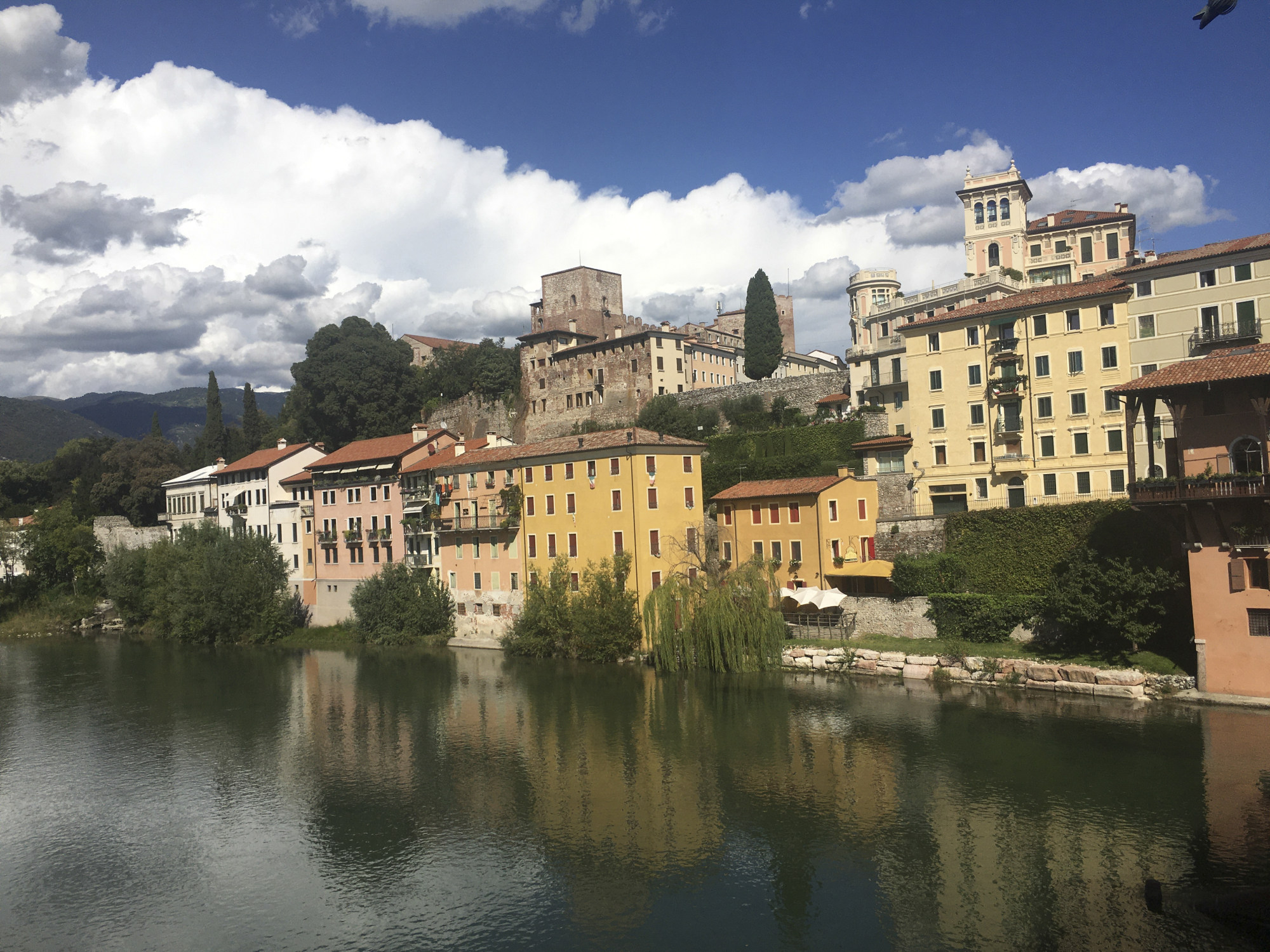
Bassano del Grappa is a town divided by the Brenta river, which runs down from the towering Monte Grappa, one of the most important World War I battle sites in Italy.
Crossing the river is the red wooden Ponte Vecchio bridge, which has a popular tavern at each end: the Taverna al Ponte and Grapperia Nardini.
In the hilltop town of Asolo are the Hotel Villa Cipriani, which dates back to the 15th century and is tastefully decorated and blessed with fantastic views, and Villa di Maser, a masterpiece by Italian Renaissance architect Andrea Palladio. The current owner, Vittorio Dalle Ore, even makes his own Prosecco.

